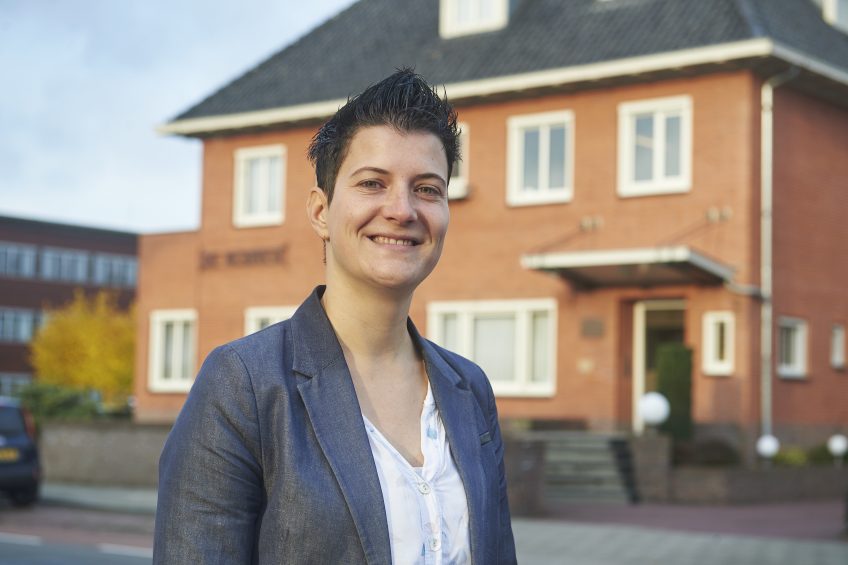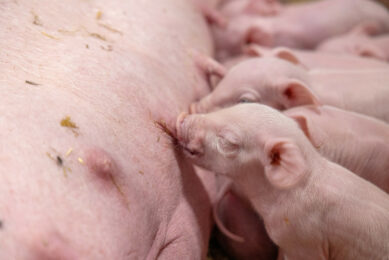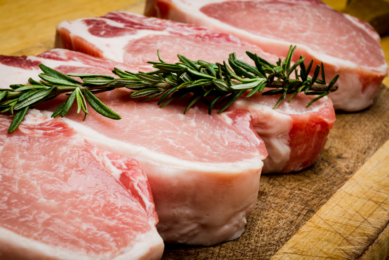“Aiming for at least 850 g daily pig growth”

Pig breeder Hypor Genetics is aiming for vital and uniform pigs. According to the company’s product manager Erica Bongers, this translates into a low cost price.
In summary, Hypor’s breeding goals comprise that in 2020, its sows should wean at least 14 piglets, without the need for supplementary milk or foster sows. At 2.5 litters per year, this will result in 35 weaned piglets per sow per year, calculated Erica Bongers, Hypor’s product manager in an interview with Boerderij, a sister title to Pig Progress.
Vital and uniform piglets
The breeder’s efforts are directed at producing finisher pigs that will end up in the slaughterhouse against the lowest cost price possible. According to Ms Bongers, that would mean having vital and uniform piglets.
Hypor is the pig breeder section within Hendrix Genetics. One year ago, the company introduced the Libra* sow (a cross between Landrace and Large White). This sow is built up of genes that became available after Hendrix Genetics acquired several breeding organisations. Ms Bongers said that this development has meant an impulse to genetic progress, as it allowed strong investments in the breeding programme.
Ambitions like these have been voiced in the past as well. How will you make it happen?
Erica Bongers: “The total number of pigs born per litter will continue to increase, from 16.3 to 17.2 in 2020. We aim strongly for birth weight and uniformity and their weight at 14 days of age. At those moments, we will weigh the piglets in our nucleus farms and test farms. Should sows have piglets weighing less than 800 g, then breeding values will drop. Birth weights therefore have to be uniform, preferably at around 1.4 kg and never lower than 800 g. All piglets, even deadborn piglets, will be weighed, because there is a strong connection between birth weight and results in the weaner and finisher barns. Piglets weighing 1.4 kg or more at birth, will grow the fastest, with the least amounts of feed, the lowest mortality figures and the best carcass traits. Economically, the pig production chain will benefit from finishers growing against the lowest possible costs. That is why we have these breeding aims.”
How will the finishers perform?
“Should animal health be OK, then for farms in e.g. the Netherlands 850 g is minimum for pigs, with our Piétrain terminal sire as father line. Feed conversion will have to be lower than 2.40, that is the most important. In the case of Landrace, we will reduce backfat depth until we have reached the optimum; in case of Large White, we are already at a fat thickness of about 10-11 mm. We would like to have a sow with strong legs. That’s what is being asked by large integrators employing staff. We do not wish to run the risk of having sows with shoulder ulcers.”
Will it pay off to supply additional milk anyway?
“I’m not saying ‘no’ to that. Nevertheless, our breeding goals have been formulated to make sure that in fact it wouldn’t be necessary. To check whether our sows’ milk production is OK, we weigh piglets on trial locations once more after 14 days. The heavier they are, the more milk they’ve been consuming. Those results we take into account in our breeding values.”
There’s an increasing call to reduce piglet mortality. Will that be possible with Libra* sows?
“I’m sure about that. On our nucleus farms and trial farms, those having the Hypor Large White and Hypor Landrace sows, we select for sows having many piglets with an above-average litter weight. That will ensure that mortality pre- and post-weaning will not increase percentually, in spite of growth of litter size.”











